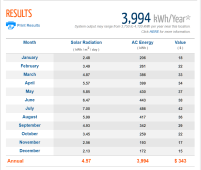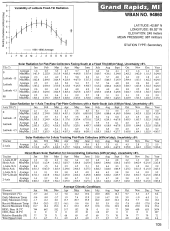In general terms, there's a ration of PV -> battery -> consumption to achieve various goals. For example, its not a good match to have 13,000w PV array on a 5kwh battery as the battery won't run very far into the night and most of that PV power will be wasted unless you have insanely high consumption.
Let's say you're middle Minnesota at Brainerd. Further, on a 5kwh battery and 1500w average load (3000w heater on/off) and 3000w of PV (10 panels @ 300w each). Here's PVWatts
https://pvwatts.nrel.gov/pvwatts.php numbers for Brainerd -

For a 3000w PV array and you take December, that's 172kwh / 31 days = 13.2kwh/day. At 1500w/hour, that's enough for 8.8hrs of heat on average. Maybe you can heat 4hrs every 12? or low temps? Its helpful to clarify the consumption you need with hard numbers.
If you double to 6000w PV you'll need to double/triple your battery to 10 or 15kwh as well and you could get up to 18hrs of an average of 1500kw/hour on average. Of course there are days of intense clouds that could put it at 3kwh/day and this is where a larger battery might let you supplement for a day or 2.
The numbers above here are in the 'relm' of reality but of course you're location, and consumption are not known as I write this.
For example, I run a 13kw PV array with an 81kwh battery in Southern Oregon and average 16kwh/day. This winter has been brutal - for example, over the last 4 days I only got 6.5, 6.2, 11.5, and 6.0 kwh - that's 4 days of total clouds and well below 16kwh/day average. I'd need 35kwh of battery to make maintain the average 16kwh day - and that's a LOT of battery. A day is one thing but multiple days of 'storm' / 'heavy clouds' sometimes occur and its difficult to cover with no PV.
Just sharing this to help move the conversation along...





